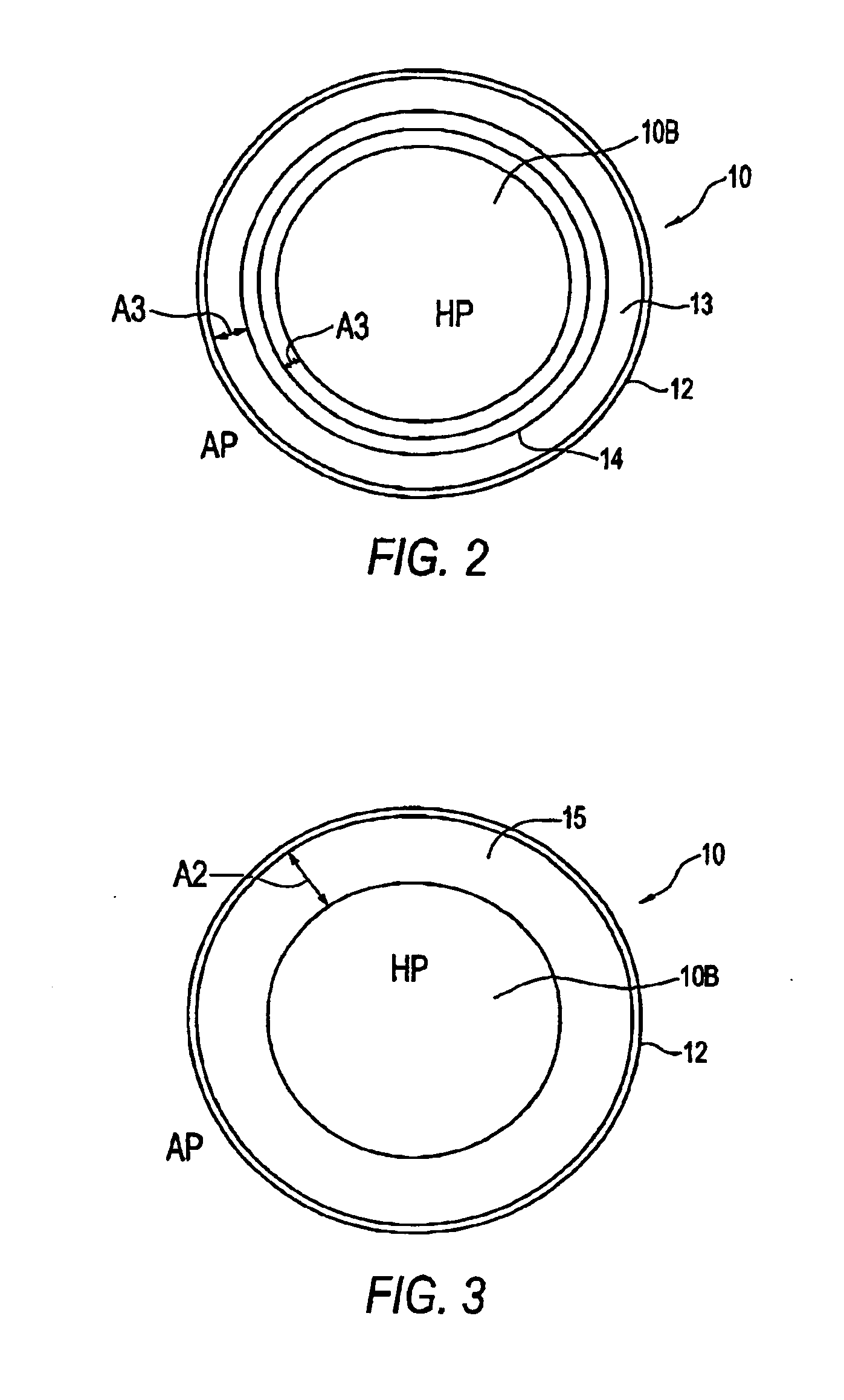Apparatus for connecting fluid conduits
a fluid conduit and apparatus technology, applied in the direction of fluid pressure sealing joints, joints with sealing surfaces, sleeve/socket joints, etc., can solve the problems of increasing the stress on the entire network, increasing the cost of the entire network, and heavy flanges, etc., to reduce the longitudinal force and reduce the clamping force
- Summary
- Abstract
- Description
- Claims
- Application Information
AI Technical Summary
Benefits of technology
Problems solved by technology
Method used
Image
Examples
Embodiment Construction
FIG. 1 illustrates an apparatus of the present invention for connecting conduits 1 and 2 to carry a fluid under pressure. The apparatus comprises a first flange, illustrated as flat flange 3 with a flat face 5 attached around an open end of the first conduit 1. A pocket flange 4 is attached around an open end of the second conduit 2 and has a pocket face 11 that defines a pocket 7. The same connection can be made where one of the flanges 3, 4 is attached to a conduit that is incorporated in a T-fitting, an elbow, or any like component of a conduit network.
The first face 5 is adapted to be fastened to the pocket face 11 with bolts 9 or the like such that the first face is 5 substantially perpendicular to walls 7W of the pocket 7 and adjacent to an open end of the pocket 7. A threaded union, or similar known mechanism for holding the flanges together could be used as well. A gasket member 10 is slidingly engaged in the pocket 7 and defines a passageway through a central portion thereo...
PUM
 Login to View More
Login to View More Abstract
Description
Claims
Application Information
 Login to View More
Login to View More - R&D
- Intellectual Property
- Life Sciences
- Materials
- Tech Scout
- Unparalleled Data Quality
- Higher Quality Content
- 60% Fewer Hallucinations
Browse by: Latest US Patents, China's latest patents, Technical Efficacy Thesaurus, Application Domain, Technology Topic, Popular Technical Reports.
© 2025 PatSnap. All rights reserved.Legal|Privacy policy|Modern Slavery Act Transparency Statement|Sitemap|About US| Contact US: help@patsnap.com



